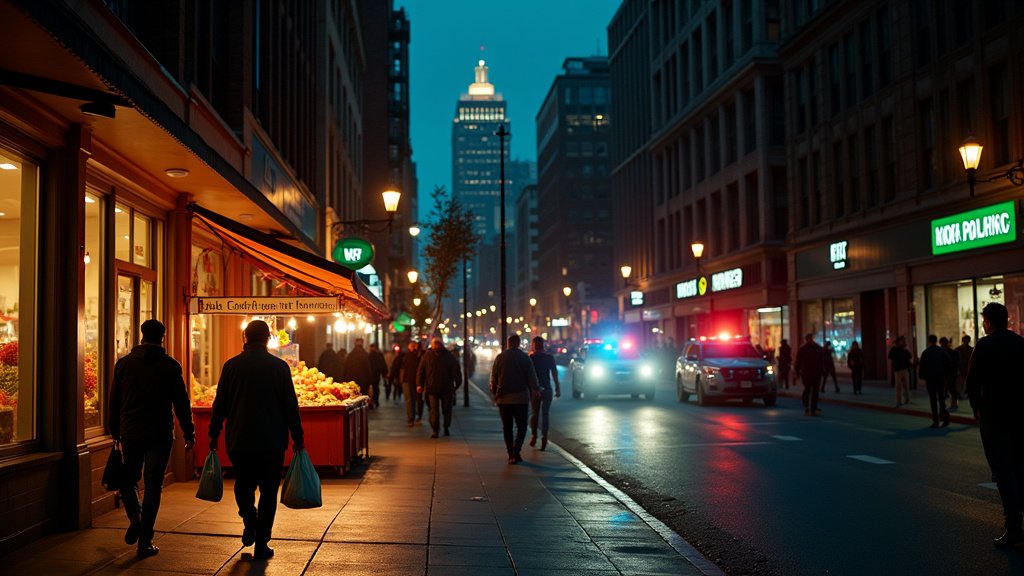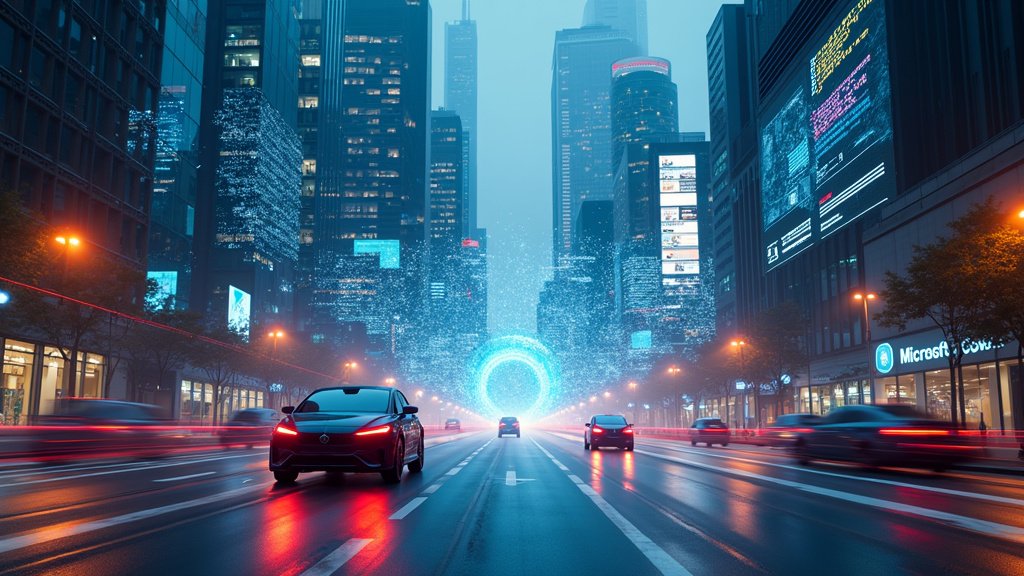In 2020, then-President Donald Trump repeatedly painted a grim picture of Portland, Oregon, describing it as a city under siege by “antifa thugs” and a “war zone” plagued by a left-wing terror threat. However, reporting and data from the time suggest that the Portland reality was far less extreme than this characterization, often characterized by a complex mix of protests, isolated incidents of violence, and a city striving to maintain normalcy.
The Presidential Portrayal of Portland’s Reality
Throughout much of 2020, President Trump used Portland as a focal point for his “law and order” campaign theme. He frequently cited events, particularly those outside the U.S. Immigration and Customs Enforcement (ICE) facility and the Mark O. Hatfield U.S. Courthouse, as evidence of widespread chaos and insurrection. Statements such as “Portland is burning to the ground” and “war ravaged” became common descriptors from the White House. This rhetoric often fueled national news cycles, creating an image of Portland as a city consumed by uncontrollable violence and radicalism. The administration’s narrative frequently focused on the actions of groups like Antifa, portraying them as a primary driver of the city’s unrest, a depiction that often obscured the true Portland reality.
The Ground Truth: Protests and Nuance in Portland Reality
While Portland did experience significant and sustained protests, largely in response to the murder of George Floyd and issues of racial injustice, the scope and nature of the events were often different from Trump’s portrayal. These demonstrations, which began in May 2020, involved tens of thousands of participants over many nights. While many were peaceful, some events devolved into vandalism, property damage, and confrontations with law enforcement. Specific incidents, such as a conservative media figure being hit with a flagpole or arrests following altercations, did occur. Federal officials noted damage to a building that required it to close for three weeks, a factual element within the broader Portland reality.
However, a deeper look reveals that many of these criminal actions were confined to specific blocks, often around federal buildings, rather than encompassing the entire city. Local officials and residents often emphasized that daily life, including activities like farmers’ markets, marathons, and cultural events, continued throughout much of the city. Some reports suggest that Trump’s descriptions often relied on outdated or selectively presented media portrayals from the height of the unrest in 2020, failing to capture the full Portland reality.
Federal Intervention and Escalation: Shaping the Portland Reality
The deployment of federal agents to Portland, initiated by the Trump administration, became a significant point of contention and further inflamed tensions. Sent to protect federal property, these agents were criticized for their aggressive tactics, including the use of tear gas and impact munitions, and for detaining individuals off federal property in unmarked vehicles. A Department of Homeland Security inspector general report found that many federal agents lacked proper training and equipment for their mission in Portland. Local officials, including Mayor Ted Wheeler, argued that the federal presence was unnecessary and exacerbated the situation. The city and state of Oregon even filed lawsuits to block federal troop deployments, a key aspect of the unfolding Portland reality.
Crime Trends and Public Perception of Portland Reality
While the protests and associated unrest occurred, official data and analyses indicate that the narrative of a city “burning to the ground” was an exaggeration. Though Portland did experience a tragic spike in homicides and shootings beginning in 2020, some analyses suggest that overall crime rates did not indicate a city-wide wave of lawlessness as depicted by some national outlets and the President. For instance, some violent crimes, including homicides, were reported as down by 39% in certain periods compared to the previous year, though other offenses like arsons and drug offenses saw increases. Reports also indicate that arrests plummeted in Portland in the years following 2020, despite the perception of rampant crime, further complicating the Portland reality.
Portland, a city known for its unique culture, vibrant arts scene, and progressive leanings, found itself at the center of a national debate. While the events of 2020 undeniably presented challenges, the Portland reality was a complex interplay of peaceful activism, isolated incidents of violence, and a persistent civic life, often overshadowed by a more extreme portrayal. The contrast between this nuanced reality and the presidential narrative highlights the potent role of rhetoric in shaping public perception of trending news events across the nation, including in Oregon. The city’s fashion and cultural identity, while often secondary to the political turmoil in national news, remained a core aspect of its character, contributing to the multifaceted Portland reality.
Further reading: Related News on Google




